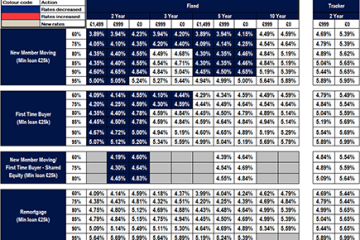The Rise of Fraud: Implications and Preventative Measures

Introduction
Fraud remains a significant concern in today’s society, affecting individuals, businesses, and economies alike. With the rapid advancement of technology and the increasing complexity of financial transactions, the methods fraudsters employ are evolving, making it more crucial than ever to understand how to recognise and combat fraud.
The Current Landscape of Fraud
According to the latest report by the UK Finance, losses from fraud in the UK reached £1.2 billion in 2022, illustrating a worrying trend as fraudsters exploit vulnerabilities in the digital world. Types of fraud vary from phishing scams to identity theft, with online platforms being particularly susceptible. The rise of remote work has further increased the risk, as employees access sensitive information from less secure environments.
Recent Case Studies
In a prominent case, a major British retail bank recently fell victim to an elaborate phishing scheme that compromised thousands of customer accounts. This incident highlighted weaknesses in verifying user identities and the need for more rigorous cybersecurity measures in financial institutions. In another instance, a series of identity theft cases targeting the elderly prompted significant media coverage and underscored the importance of raising awareness about protective strategies.
Preventing Fraud: Key Strategies
To combat the growing threats posed by fraud, both individuals and organisations need to take proactive steps. Education plays a vital role in prevention; understanding how to identify suspicious activities and implementing robust security measures is essential. For individuals, maintaining updated passwords, using two-factor authentication, and being cautious about sharing personal information online are effective strategies. Businesses, on the other hand, need to invest in cybersecurity infrastructure, conduct regular training for employees, and establish clear protocols for reporting suspected fraudulent activities.
Conclusion
As fraud continues to evolve, the importance of vigilance and awareness cannot be overstated. It is imperative for individuals and organisations to remain informed about the tactics employed by fraudsters and to actively participate in preventative measures. Looking ahead, stronger regulations and technological advancements may help mitigate the risks, but the onus ultimately lies on each person to protect themselves and their assets from fraud. With informed actions and collaboration between the public and private sectors, the fight against fraud can be made more effective.









